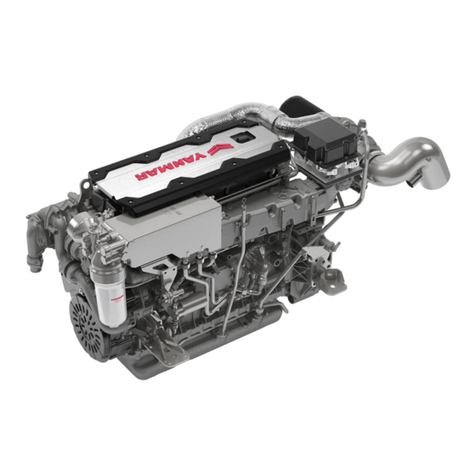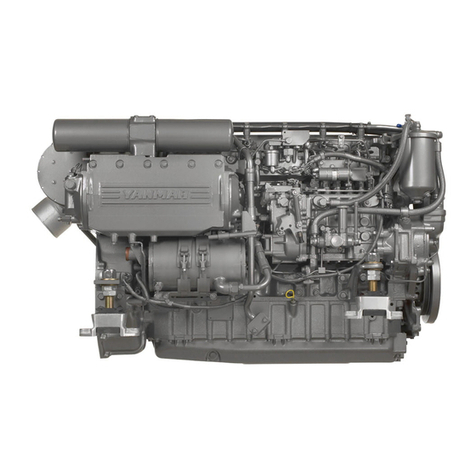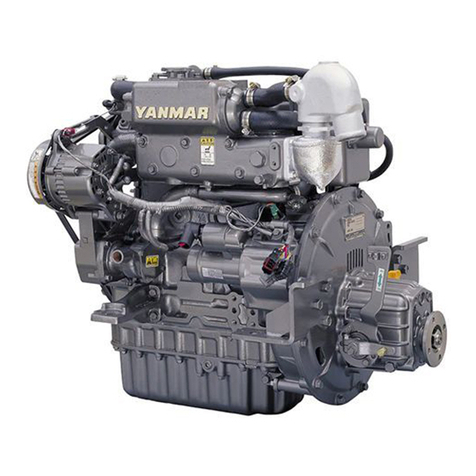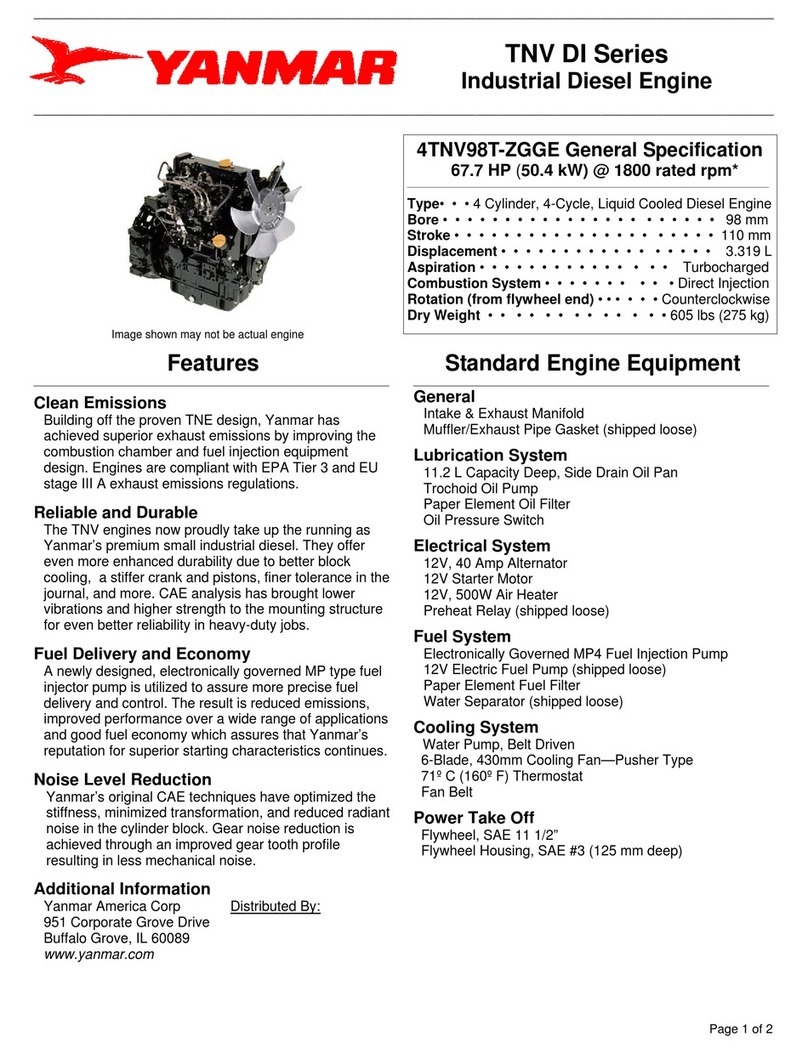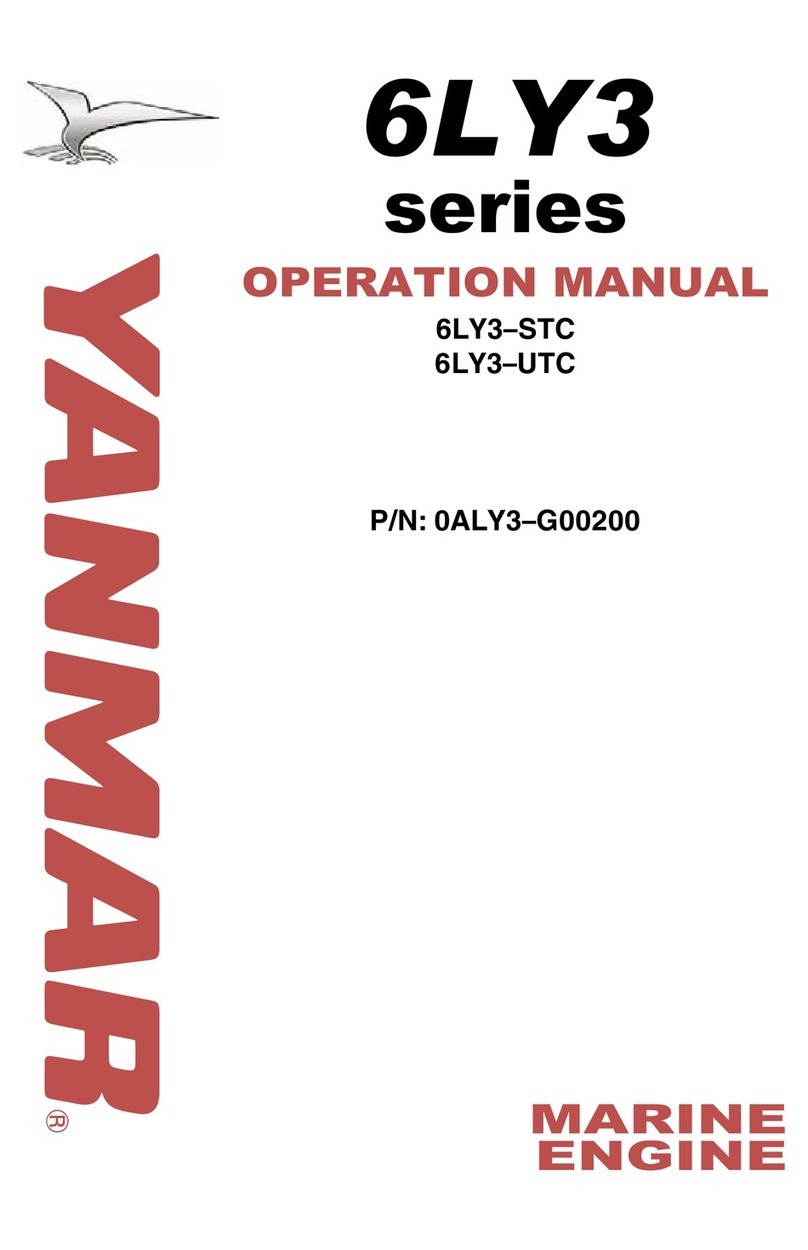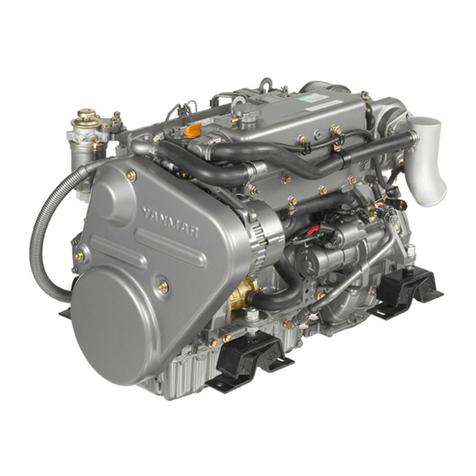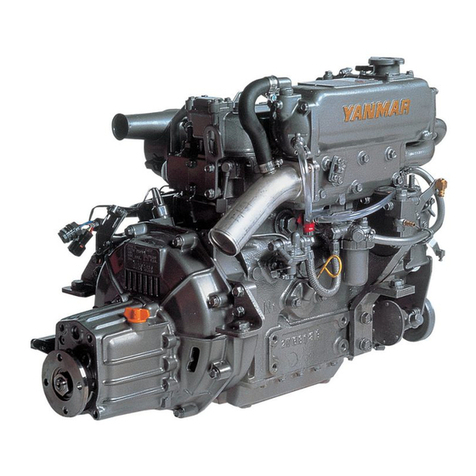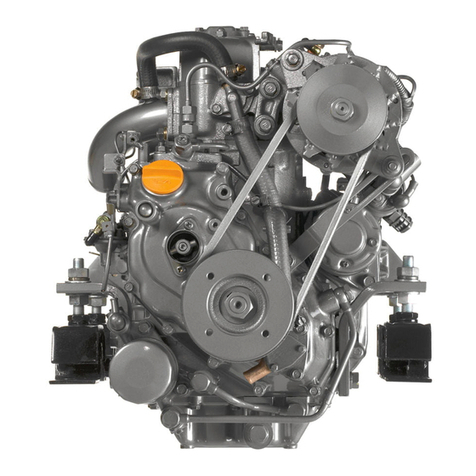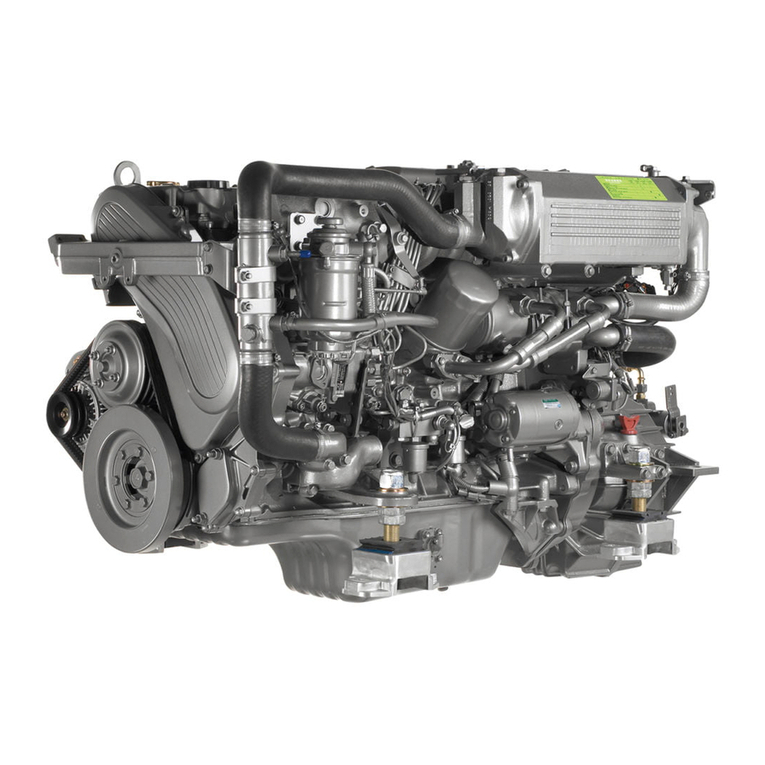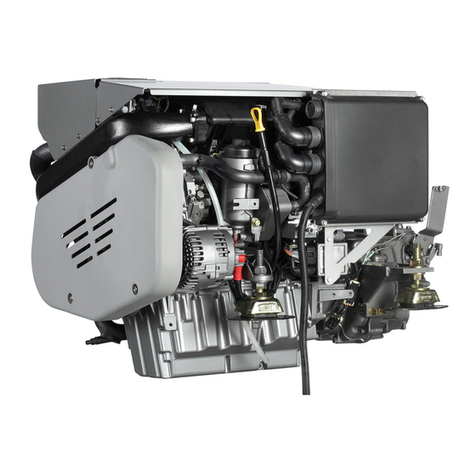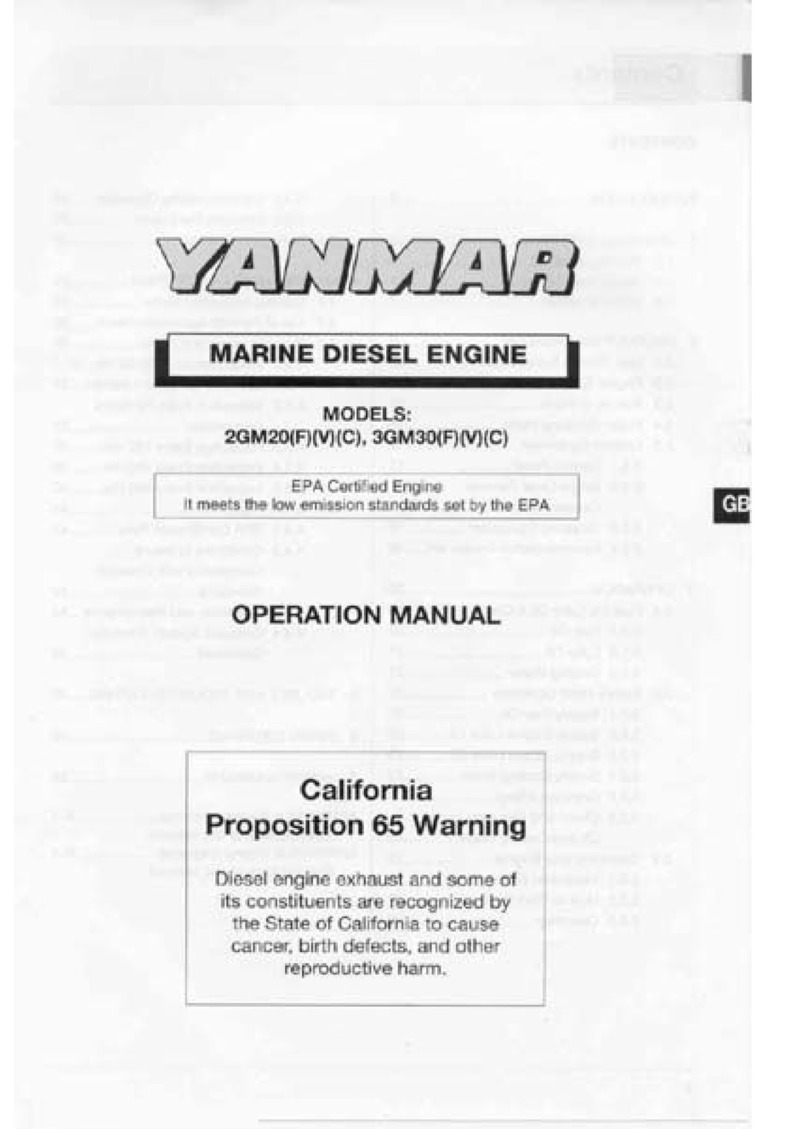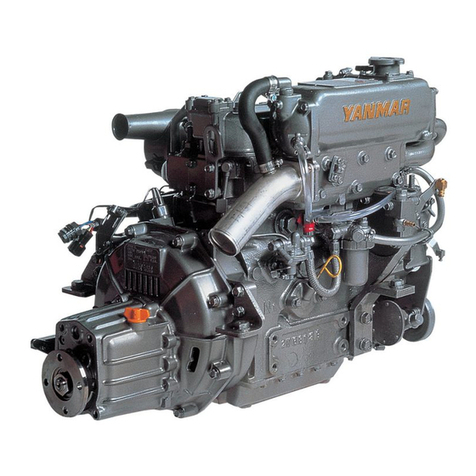3. Troubleshooting .............................................................................................................54
3.1 Preparation before troubleshooting ........................................................................... 54
3.2 Quick reference chart for troubleshooting ................................................................. 55
3.3 Trouble code ............................................................................................................. 64
4. Disassembly and reassembly ........................................................................................ 65
4.1 Disassembly and reassembly precautions ................................................................ 65
4.2 Disassembly and reassembly tools ........................................................................... 66
4.2.1 General hand tools .............................................................................................. 66
4.2.2 Special hand tools ............................................................................................... 68
4.2.3 Measuring instruments ........................................................................................ 71
4.2.4 Other material...................................................................................................... 75
4.3 Disassembly and reassembly ................................................................................... 77
4.3.1 Disassembly ........................................................................................................ 77
4.3.2 Reassembly......................................................................................................... 83
5. Inspection and servicing of basic engine parts ............................................................ 103
5.1 Cylinder block ......................................................................................................... 103
5.1.1 Inspection of parts ............................................................................................. 103
5.1.2 Cleaning of oil holes .......................................................................................... 103
5.1.3 Color check procedure ...................................................................................... 104
5.1.4 Replacement of plugs........................................................................................ 105
5.1.5 Cylinder bore measurement .............................................................................. 106
5.2 Cylinder head .......................................................................................................... 107
5.2.1 Inspecting the cylinder head.............................................................................. 108
5.2.2 Valve seat correction procedure........................................................................ 109
5.2.3 Intake/exhaust valves, valve guides.................................................................. 111
5.2.4 Valve springs..................................................................................................... 114
5.2.5 Nozzle sleeve .................................................................................................... 116
5.2.6 Assembling the cylinder head ........................................................................... 117
5.2.7 Measuring top clearance ................................................................................... 118
5.2.8 Intake and exhaust rocker arms ........................................................................ 119
5.2.9 Adjustment of valve clearance .......................................................................... 120
5.3 Piston and piston pins ............................................................................................. 121
5.3.1 Piston ................................................................................................................ 121
5.3.2 Piston pin........................................................................................................... 123
5.3.3 Piston rings........................................................................................................ 124

